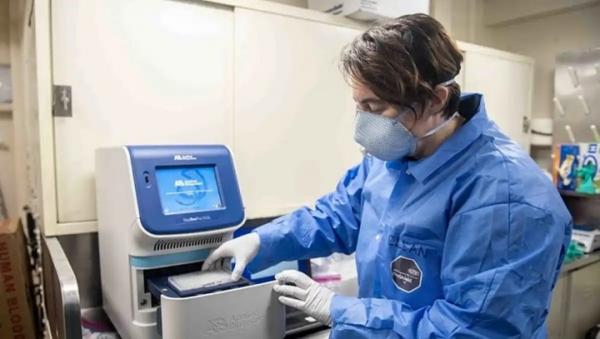
By Lauren Styczynski
The coronavirus disease (COVID) pandemic has certainly highlighted the research both commercially and in non-profit academic institutions. Though it may seem like the majority of research labs exist commercially, such as at Johnson and Johnson and AstraZeneca, many research labs exist at universities. When stay-at-home orders were announced and universities shut down in March 2020, many projects were immediately halted, which created havoc for many academic laboratories and their current projects.
The shutdown meant that animals who were on dose five out of seven injections never received the complete treatment, because time-point driven data collections were immediately put on hold. In studies of growing mice (i.e., neonates through adulthood), critical data points were not collected, and countless materials were wasted because the animal could not be studied.
In labs that managed their own animal colonies, the shutdown created new problems. Researchers must wear PPE to go into animal facilities, but with PPE in short supply due to COVID, only “essential” animal handlers were permitted in the facilities.
During the shutdown, many research teams focused on data analysis, manuscript preparation, and grant submission. In late May and early June, academic labs opened up to 25% capacity.
In September, many labs are finding ways to re-start experiments and designing new ones with future outbreaks in mind. Budget cuts have resulted in staffing changes, and some student researchers are unable to work in labs. COVID will have lasting impacts on academic research, but there is room to innovate and recover from losses.

 Previous Post
Previous Post Next Post
Next Post